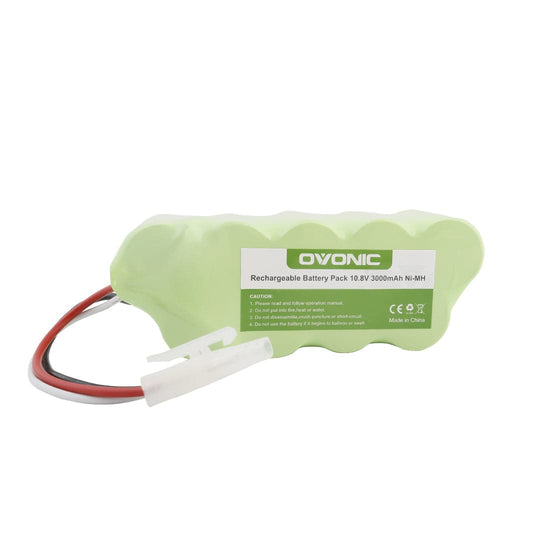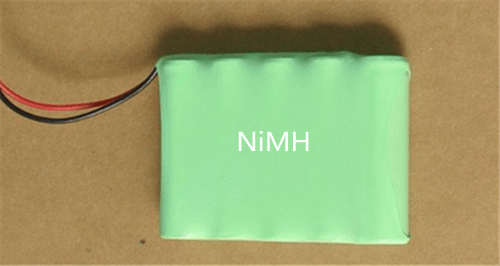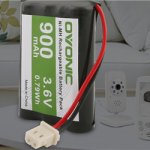What is a Ni-MH battery?
The basic concept of the NiMH battery system began in the 1970s as a means of discovering how to store hydrogen for NiMH batteries. The development of nickel-metal hydride batteries (nickel-metal hydride batteries) is similar to sealed nickel-cadmium batteries, but differs from them in that hydrogen is used as the active element of the hydrogen-absorbing negative electrode (anode) instead of cadmium. The electrolyte is an aqueous solution of an inorganic base (potassium hydroxide). The battery voltage is 1.2 volts.
The development of nickel-metal hydride batteries (nickel-metal hydride batteries) is similar to sealed nickel-cadmium batteries, but differs from them in that hydrogen is used as the active element of the hydrogen-absorbing negative electrode (anode) instead of cadmium. The electrolyte is an aqueous solution of an inorganic base (potassium hydroxide). The battery voltage is 1.2 volts.
Now that the technology is quite mature, Ni-MH batteries have been applied in many high-voltage/high-current applications. The energy density is more than twice that of lead acid, which is 40% higher than the energy density of nickel-cadmium batteries, and may have a higher capacity. They also accept higher charging and discharging rates and microcirculation, enabling applications that were previously impractical.
The success of nickel-metal hydride batteries is due to their high energy density, the use of environmentally friendly metals (heavy metals have been eliminated), the use of safety, excellent cost performance, and good safety and reliability records.
People often ask the question, “Has nickel-metal hydride batteries improved in the past few years? Experts agree that considerable progress has been made, but there are still some limitations. Most of the shortcomings are due to nickel-based technology. Shared with nickel-cadmium batteries. Although nickel-hydrogen battery technology is considered to be a temporary step of lithium battery technology, it has the advantages of good volumetric energy density, good cycle life performance and good safety and reliability compared with lithium-based batteries. Especially in this case, it is still very popular. Accidents or abuse caused by the use of more benign active chemicals. In addition, the battery pack does not need to have a complex battery management system (BMS) like lithium batteries.
 Initially more expensive than nickel-cadmium batteries, but now the price of nickel-hydrogen batteries has dropped. This is achieved through mass production. As the demand for nickel-cadmium batteries decreases, their prices will tend to increase.
Initially more expensive than nickel-cadmium batteries, but now the price of nickel-hydrogen batteries has dropped. This is achieved through mass production. As the demand for nickel-cadmium batteries decreases, their prices will tend to increase.

Main features of Ni-MH battery:
Advantages of NiMH batteries
- Excellent safety and reliability record
- The energy density is 30-40% higher than that of standard nickel-cadmium batteries. Allow longer runtime or reduce the size of the battery pack. Ni-MH battery system has higher potential.
- Large energy density.
- Environmental protection-no heavy metals.
- Simple storage and transportation-transportation conditions are not subject to regulatory control
- It is more difficult to remember than nickel-cadmium batteries.
- A variety of unit sizes are available
- Standard consumption types, as well as special types, such as low self-discharge, high-rate and ultra-high-rate discharge, high temperature and wide temperature types.
- 2VPC means that the battery voltage is easy to change.
- Provide a simple charging solution
- Single battery charging does not require complicated PCB mounting electronic equipment
Disadvantages of Ni-MH battery
- New chemical additives improve self-discharge, but at the expense of lower energy density.
- If stored at high temperature, performance will decrease. NiMH should be stored in a cool place with a charge state of about 40%.
- About 20% more expensive than Ni-Cd batteries-Ni-MH batteries designed for high current consumption are more expensive than ordinary types.



